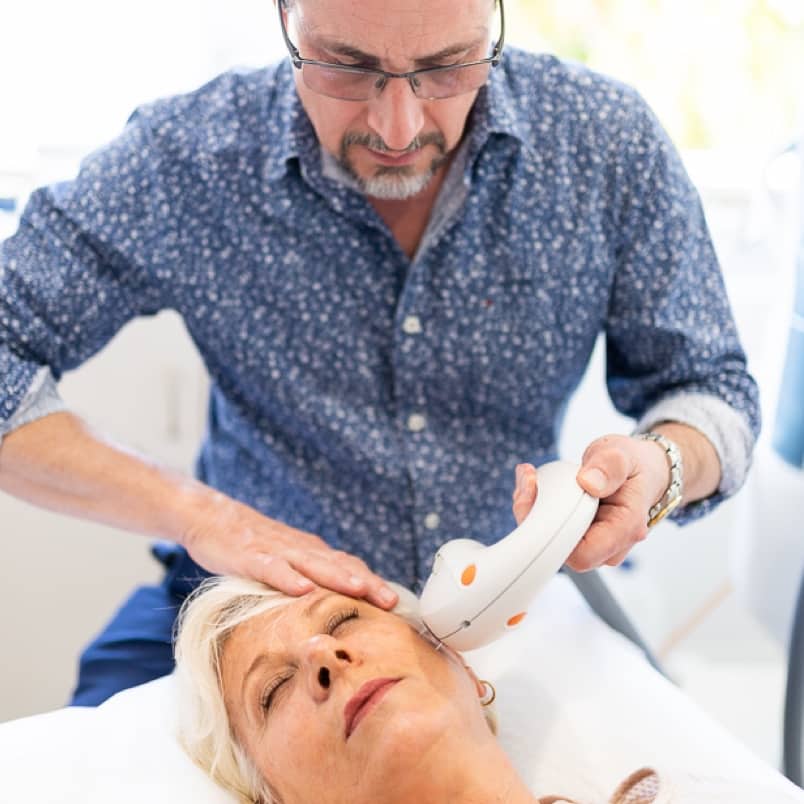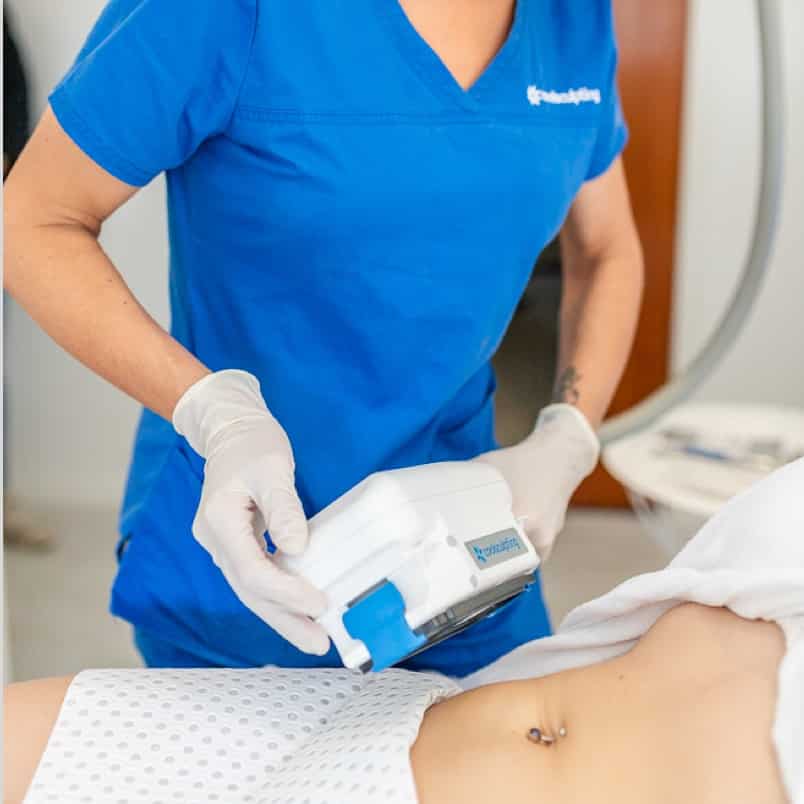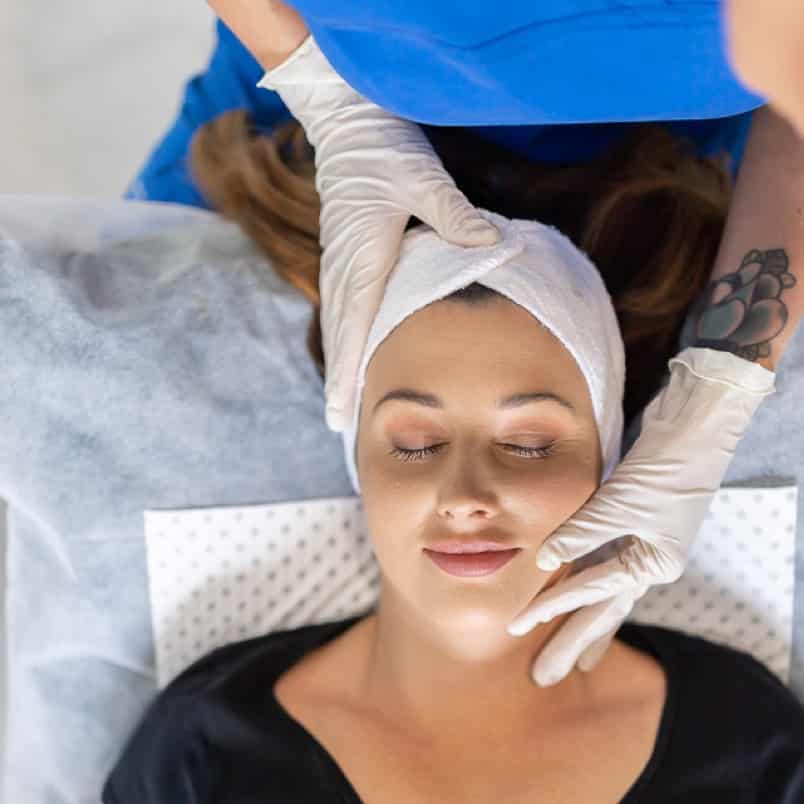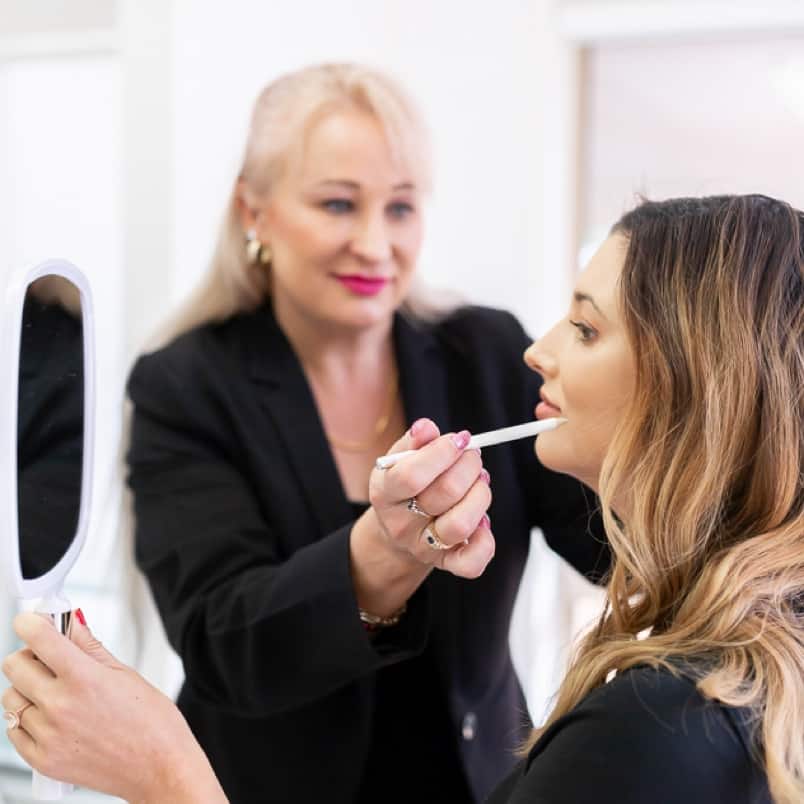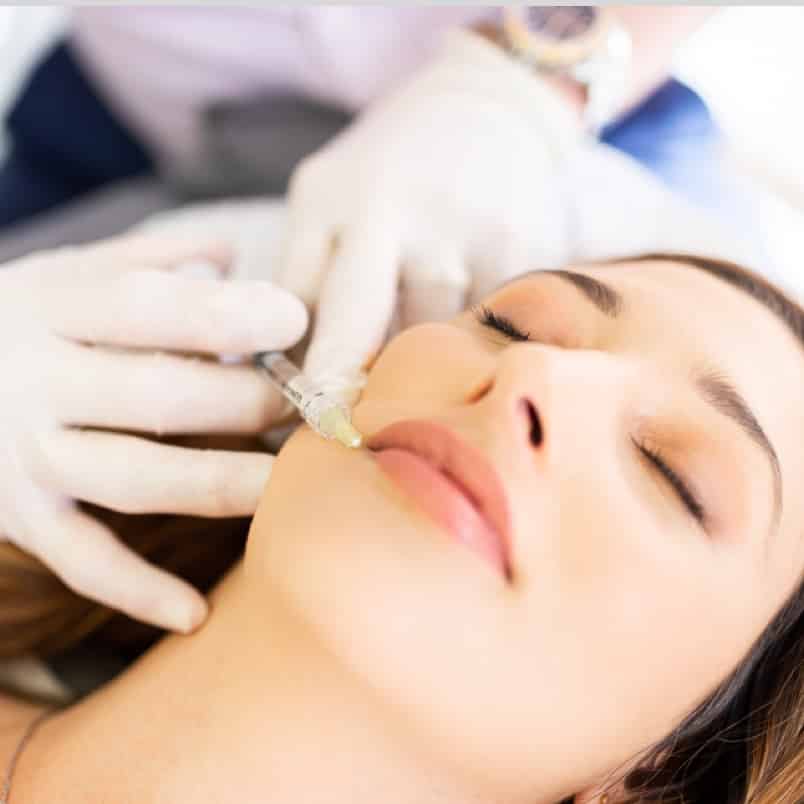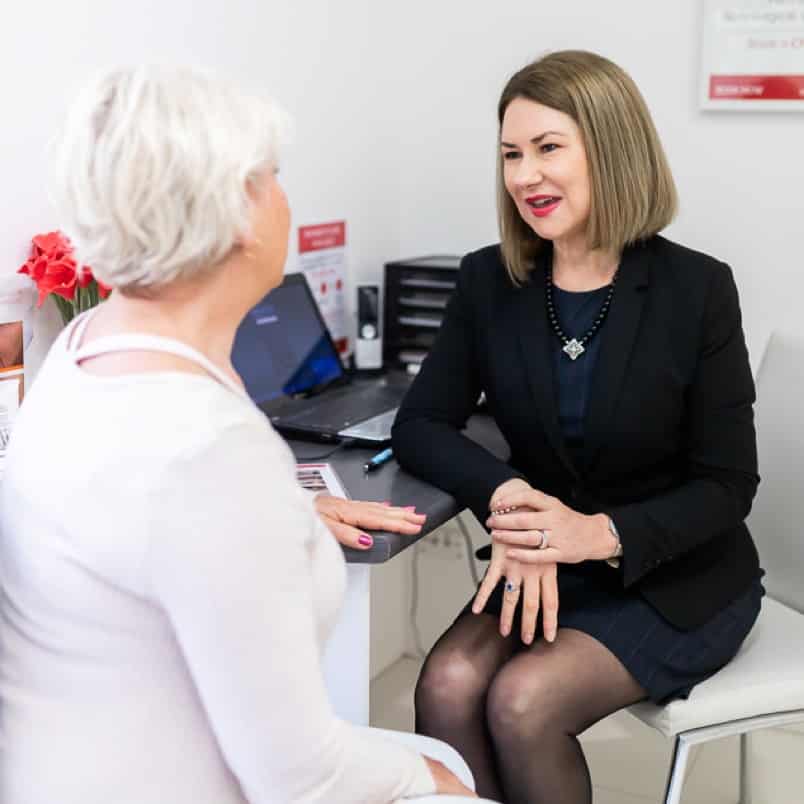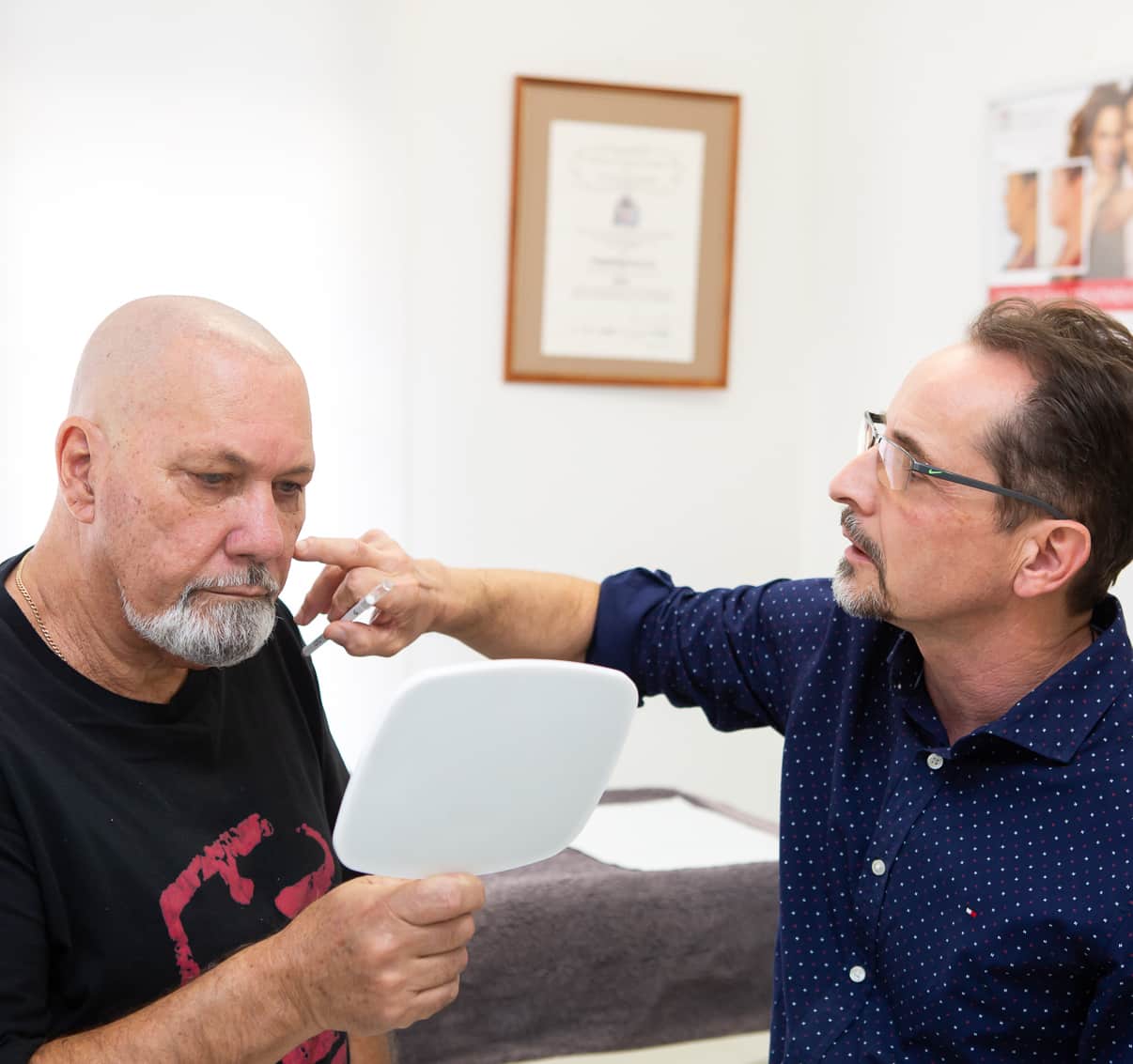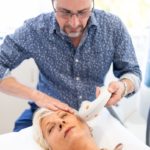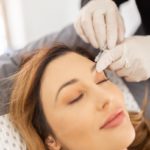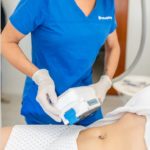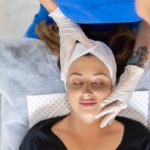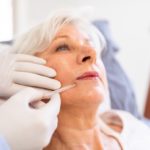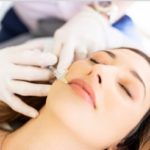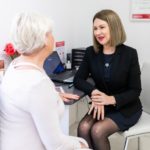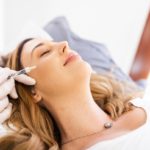Rosacea Treatment Gold Coast
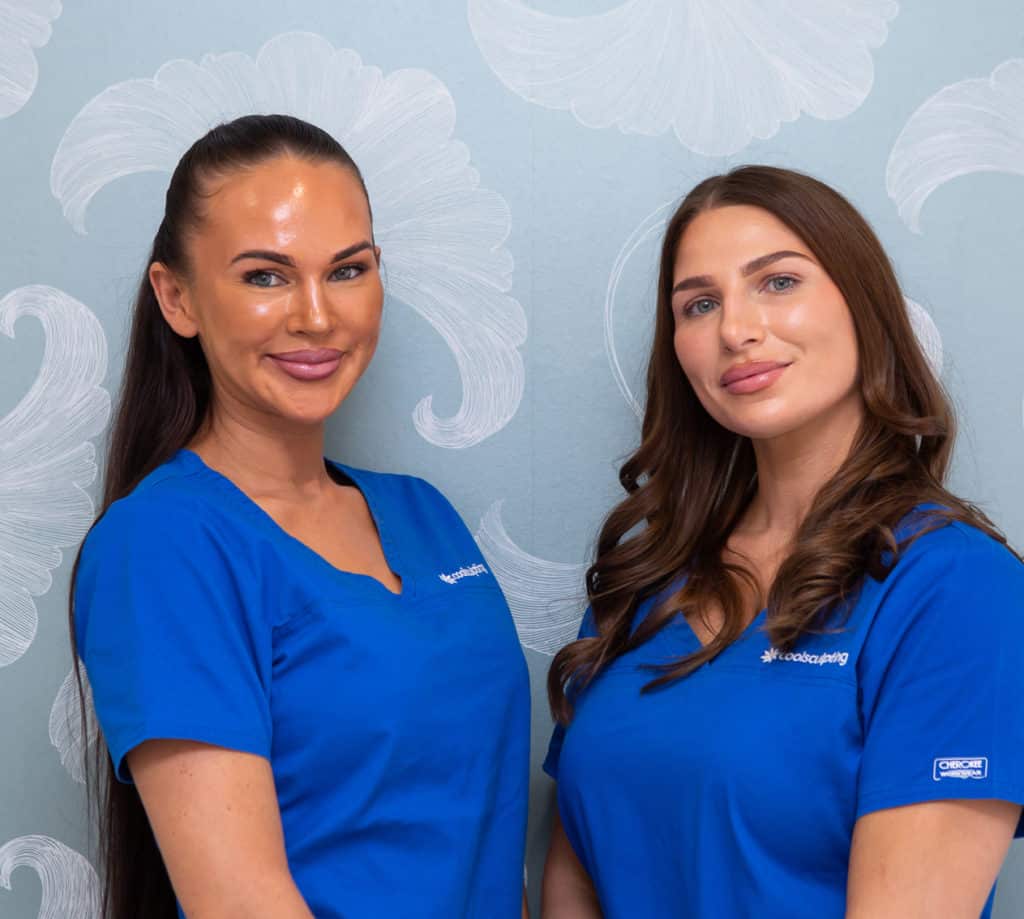
Discover Leading Rosacea Treatment Options
Rosacea, a common skin condition marked by facial redness and flushing, affects many individuals. Triggers like sun exposure, certain medications, and hereditary factors can intensify symptoms. Light European skin types are particularly susceptible, often grappling with starburst vessels, spider naevi, and cherry angiomas.
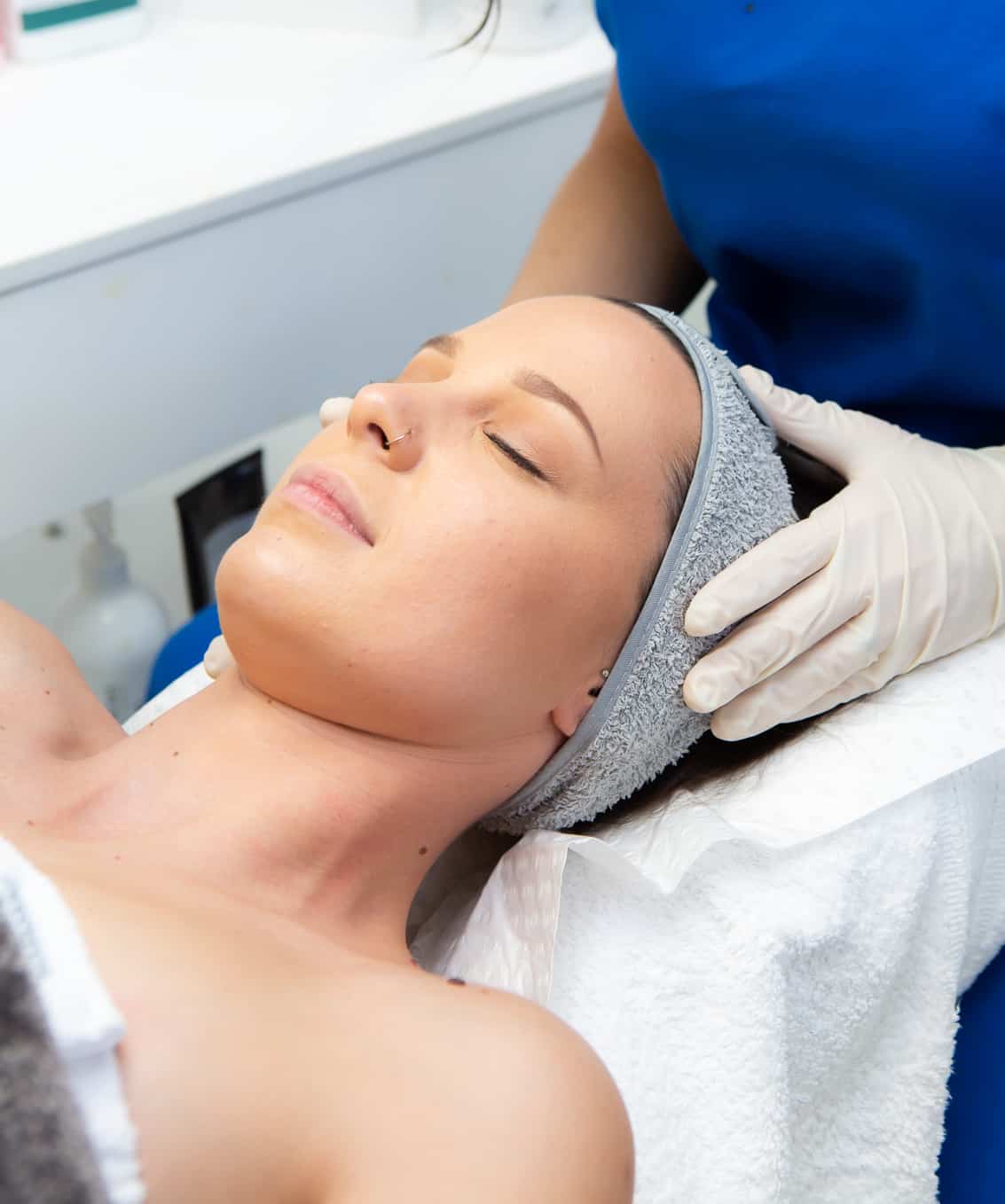
Understanding Rosacea
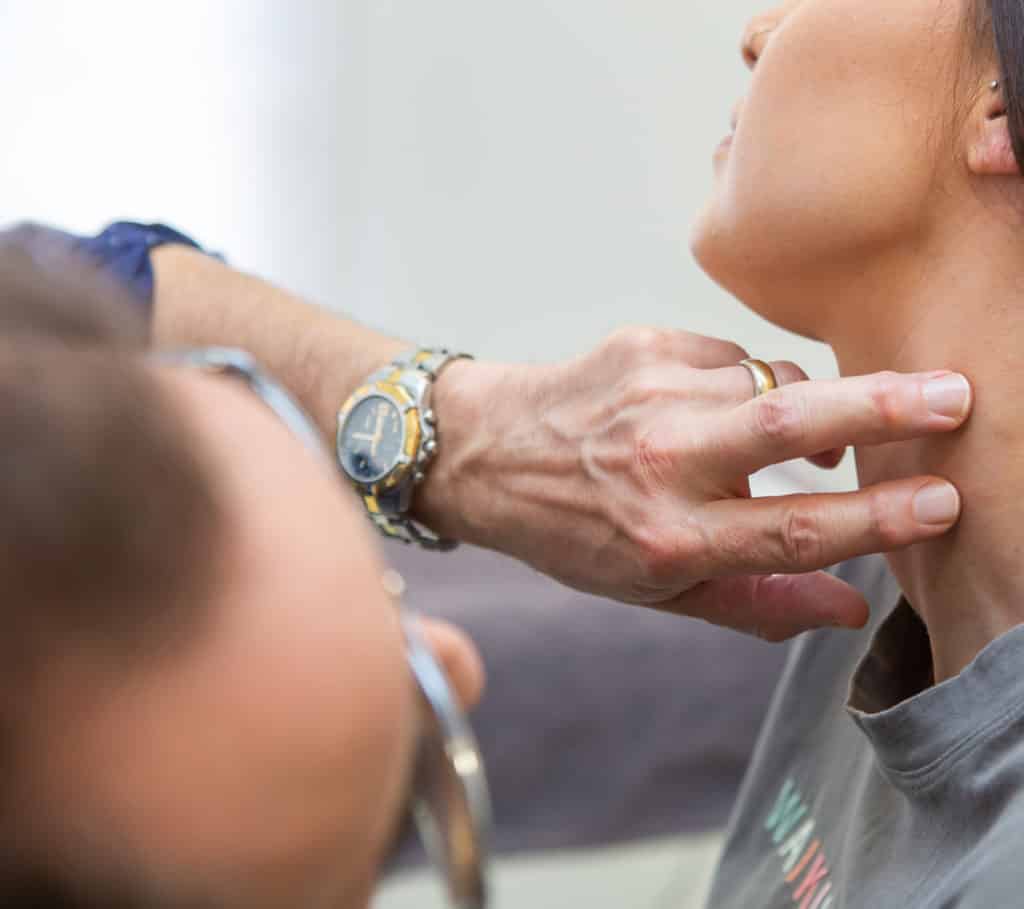
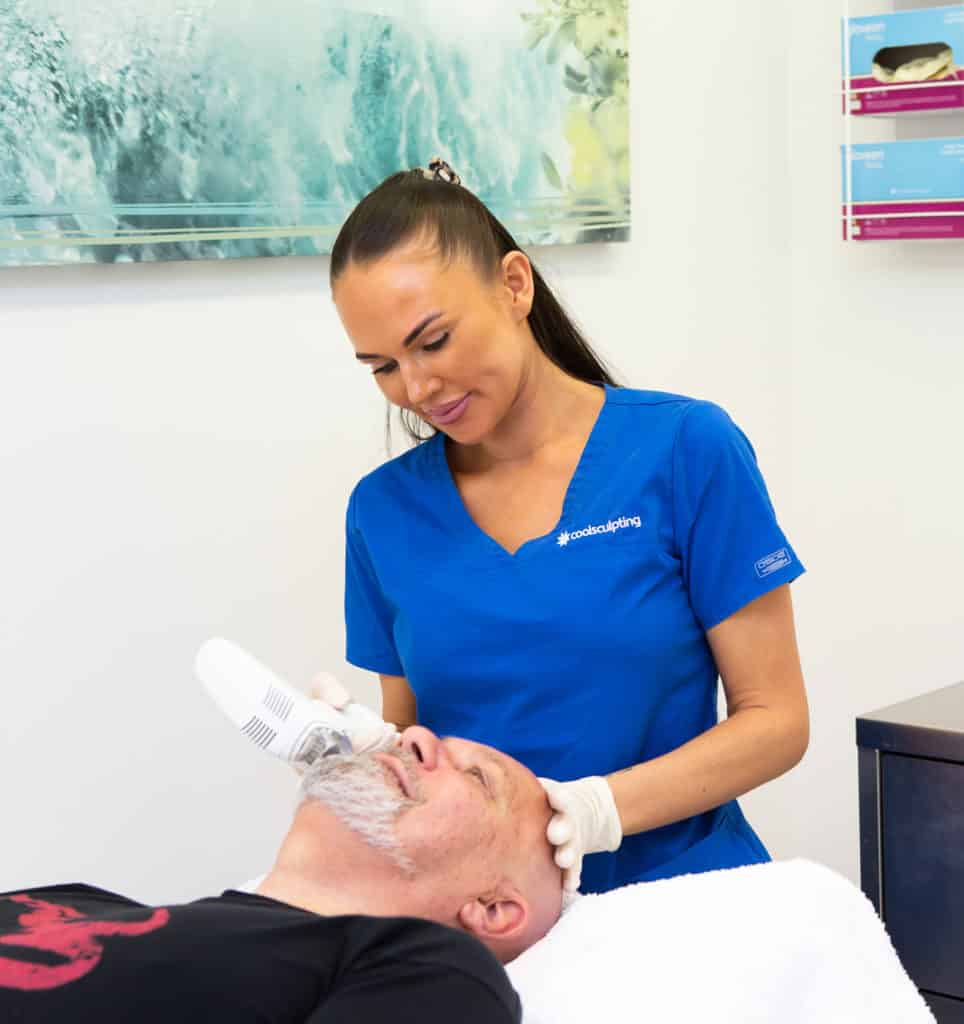
Effective Rosacea Management
Treating rosacea involves various strategies, including low-dose antibiotics, topical treatments, and vaso-constricting creams to reduce blood vessel appearance. Addressing skin mites can also be beneficial. These are prescribed treatments, emphasising the need for professional medical advice.
Intense Pulsed Light (IPL) therapy offers significant long-term improvement for Rosacea, qualifying for a Medicare rebate in severe cases.
Poikiloderma: Another Redness Challenge
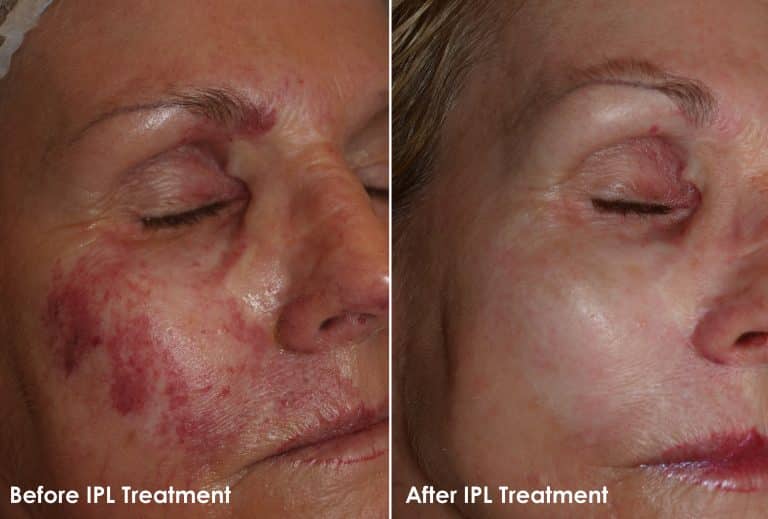
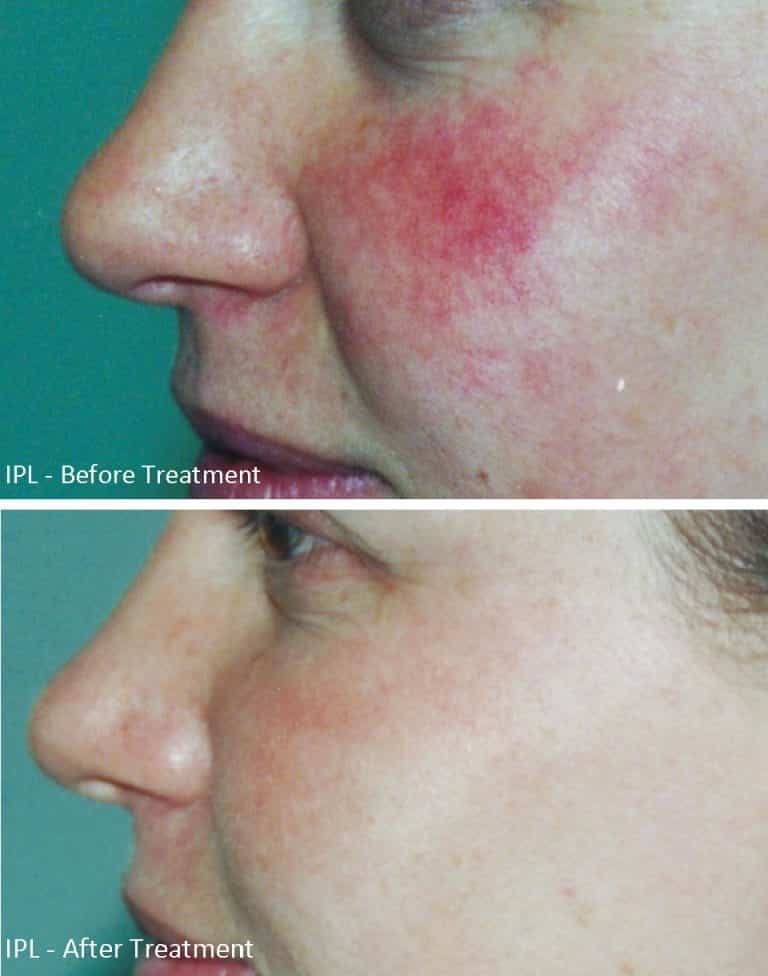
Other Causes of Facial Redness
All treatment performed by Dr Chris Leat
 | Dr Christopher Leat – Medical Director Envisage Skin Clinic Founder and Director. Dr Christopher Leat has 33 years’ experience in Medicine and is a member of The Royal College of Physicians of London. Dr Leat has devoted the last 18 years to Cosmetic Medicine and is recognized throughout Australia as one of the most experienced doctors in the field of Cosmetic Medicine. |

